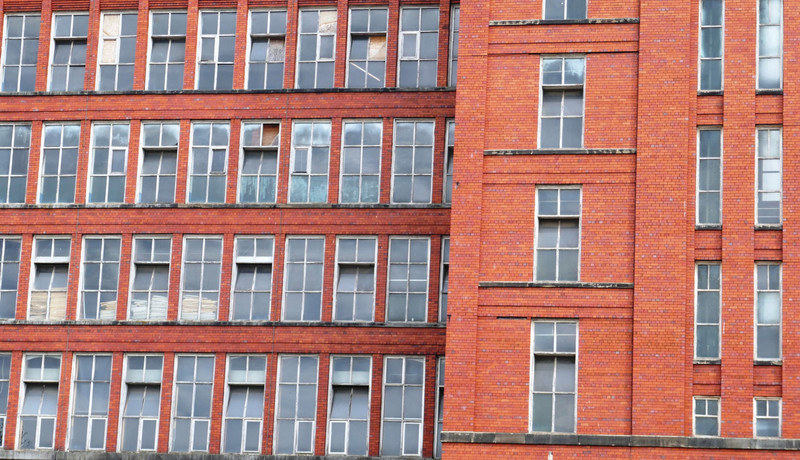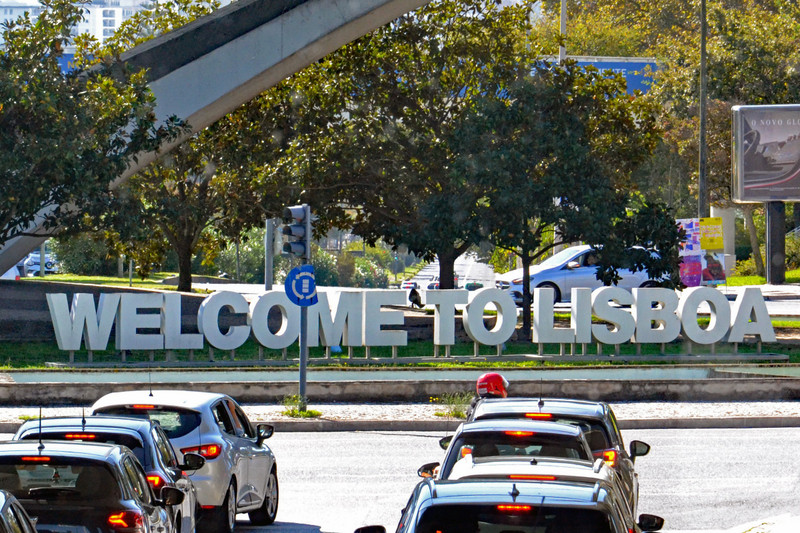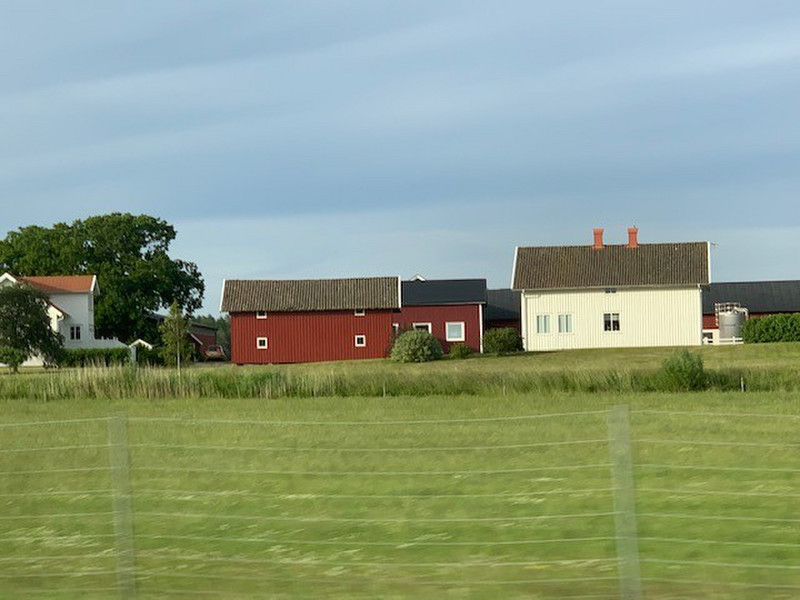It has been a strange old week. We start off with a moment, that should have been a cause for national celebration. TFB was finally shown the door. Larry the Cat waved goodbye to another temporary resident in Downing Street and the Dilyn looked forwarded to a life closer to the suburbs. TFB has hinted of a possible return, but let us hope someone changes the locks in the meantime. After what she described as the longest job interview in history, we drew the short straw and the Margaret Impersonator was invited to Balmoral by Her Majesty to form a government. We knew that the Queen was frail, but it still came as shock, when her passing was announced came on Thursday afternoon. As Paddington so correctly worded it, Thanks for everything. Maam. The show must go on though and after the longest royal apprenticeship in history, Charles ascends to the throne. Long Live the King.
The previous weekend, we had a run out into Derbyshire. Industrial Derbyshire, not the crags of the Peak District beyond. Belper to be exact. The towns name is rumoured to be a corruption of Beaurepaire – meaning beautiful retreat – the name given to
a hunting lodge in the area first mentioned in a charter of 1231. In the course of the next 500 years, the town changed from a hunting retreat into one of the first mill towns in the UK. However as you sit in the pleasant surroundings of the Raygar Stadium looking up at the hills in the distance, the countryside feel still lingers. We back to the football later.
We parked on the far side of the town centre and wandered down the hill passing workers cottages unchanged since their construction in the 1780s. Long Row - is as the name suggests - an extensive street of houses built for the workers of the new mill. Cobbles still surface the road. The industrialist Jedediah Strutt - a partner of Richard Arkwright, who developed the mills at Cromford - built a cotton mill in Belper. It was the second in the world at the time. In 1784, Strutt built the North Mill and directly over the road, the West Mill. In 1803, the North Mill was burnt down and replaced by an new structure designed to be fireproof. The steel frame would be in the designs of
later years. The mill that defines Belper is the 1912 East Mill. Half way down Long Row, a break in the cottages gives you a glimpse of the red brick tower.
The break in the cottages on Long Row is interesting in its own right. The temptation is to look skyward ... to the East Mill. Meanwhile, below the street level the railway line cuts through the heart of Belper. An underground railway of a sorts, or at least a railway out of view. The railways came to Belper in 1840 and provoked some controversy on the exact route to be used. The result was the Milford Tunnel, which slices through the heart of the town centre. Vast expense ensued, involving 11 bridges in less than a mile. We followed Bridge Street towards the town centre. King Street was busy with Saturday shoppers. Independent shops mingled with the more household names of the national chains. I noted that there would be on less very soon, as I extracted some cash from a bank. Whilst it remains a rarer transaction these days to actually use it, the odd note into handy. Lloyds would no doubt cite this, as
their excuse for closing yet another branch. We stopped for an alfresco coffee opposite and watched the world go by. One of the more imposing buildings on route up King Street towards the Market Place is the Ritz Cinema. It was built in 1882 as the Belper Public Halls. The cinema was originally born in 1919 and despite a somewhat chequered journey, it is still going strong.
De Bradelei Mills on Chapel Street was once the headquarters of George Brettle & Co. The mill was in existence for just shy of 200 years and was once a leading At the peak, a 1000 employees toiled here. Silk stockings from were favoured by nobility and royalty - Queen Victoria no less wore them.









